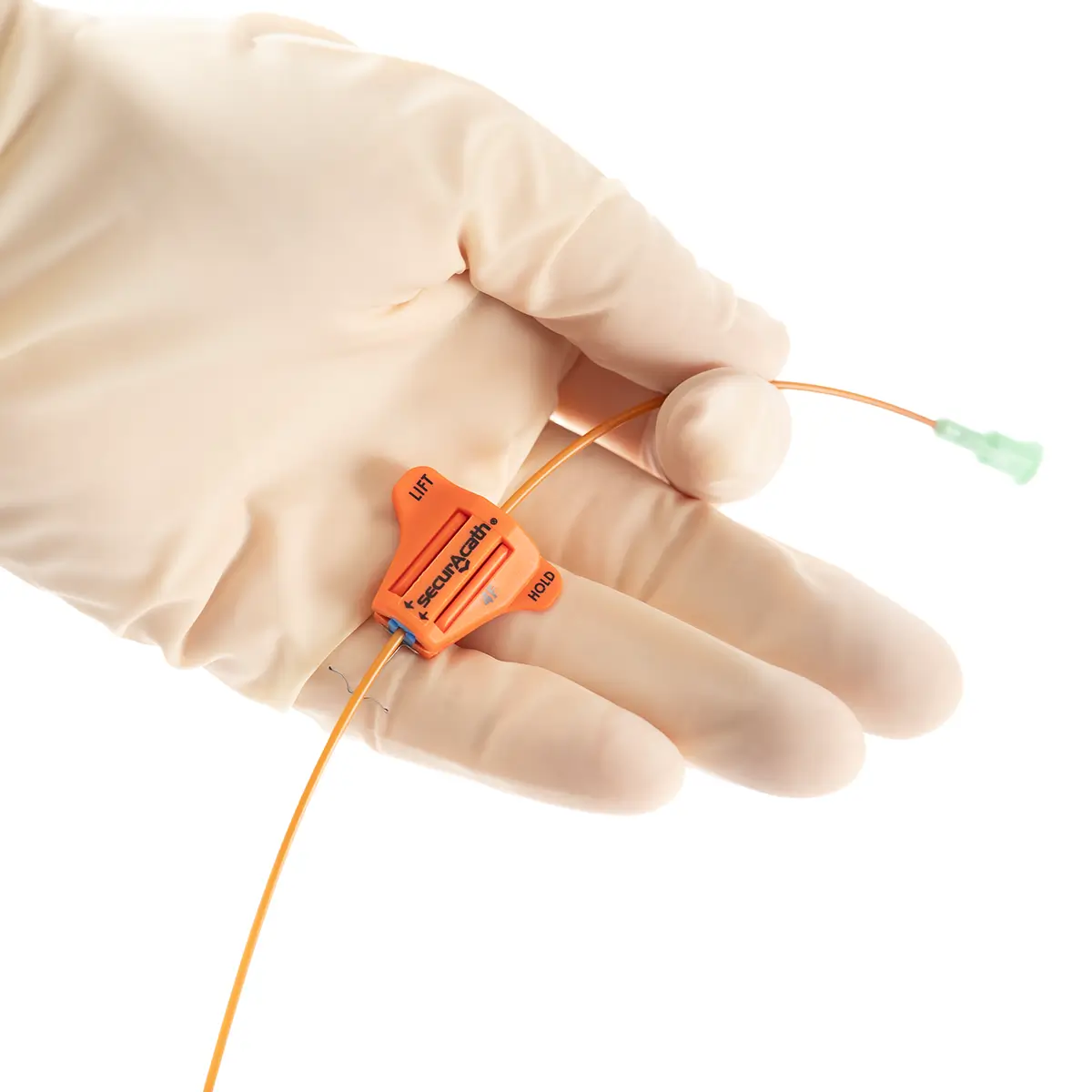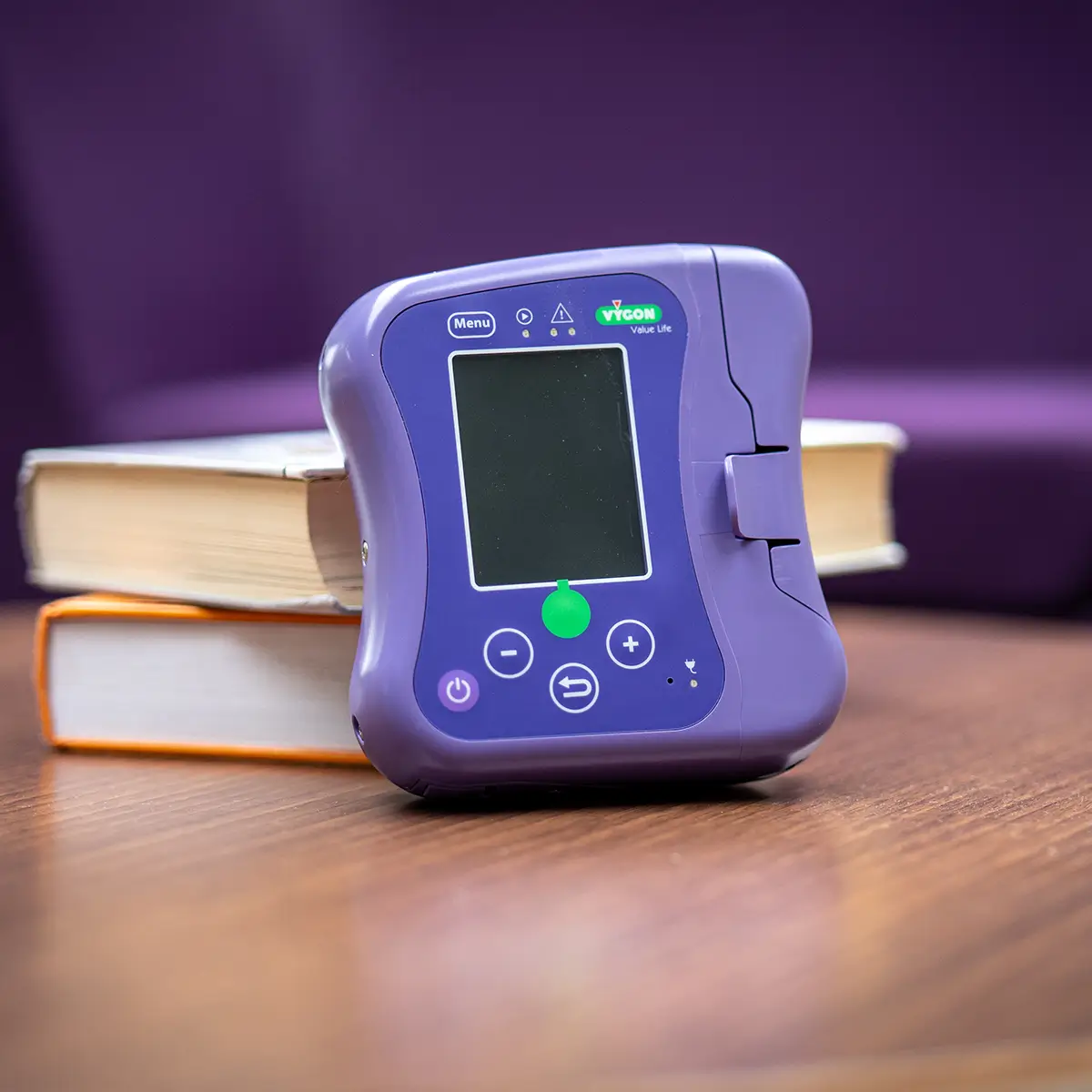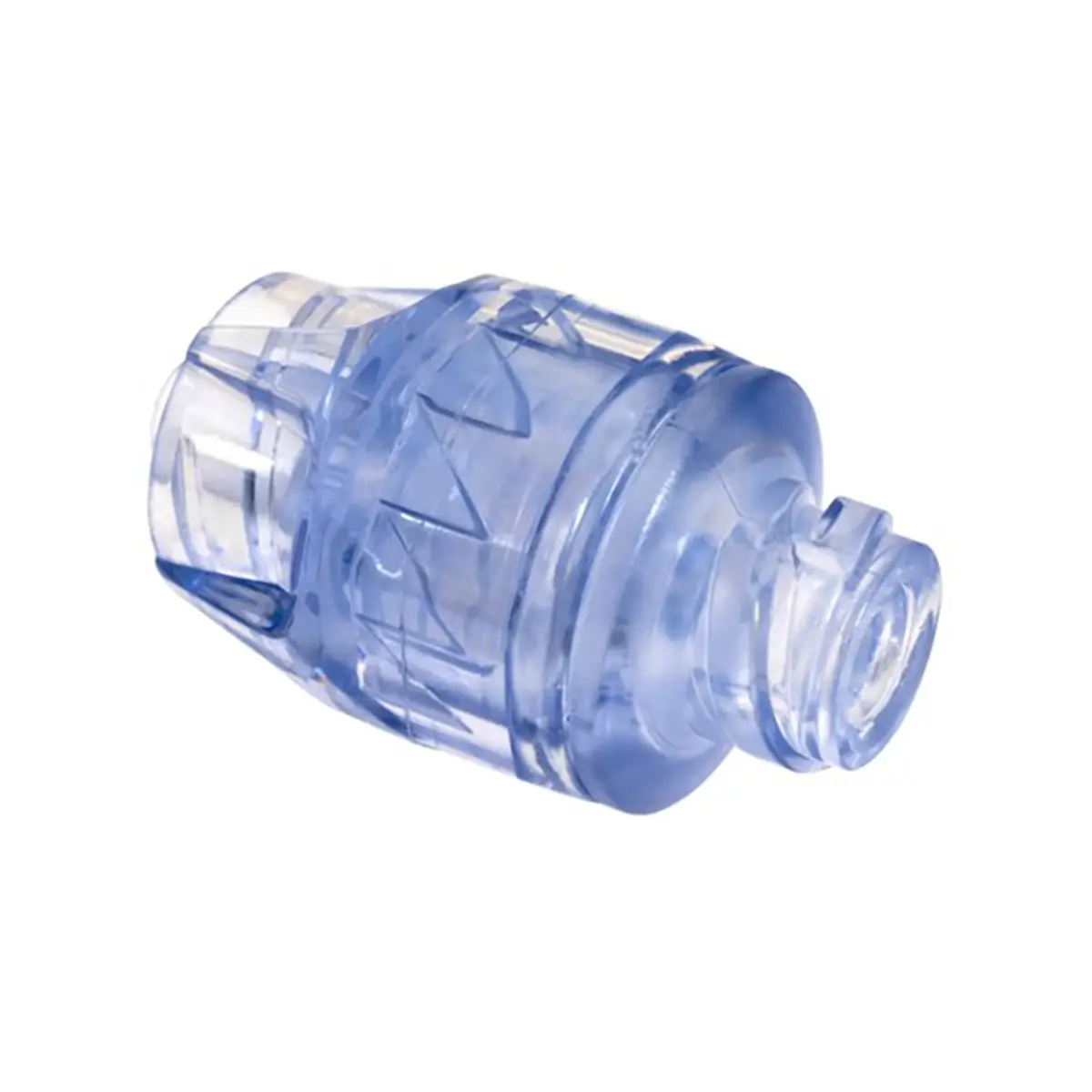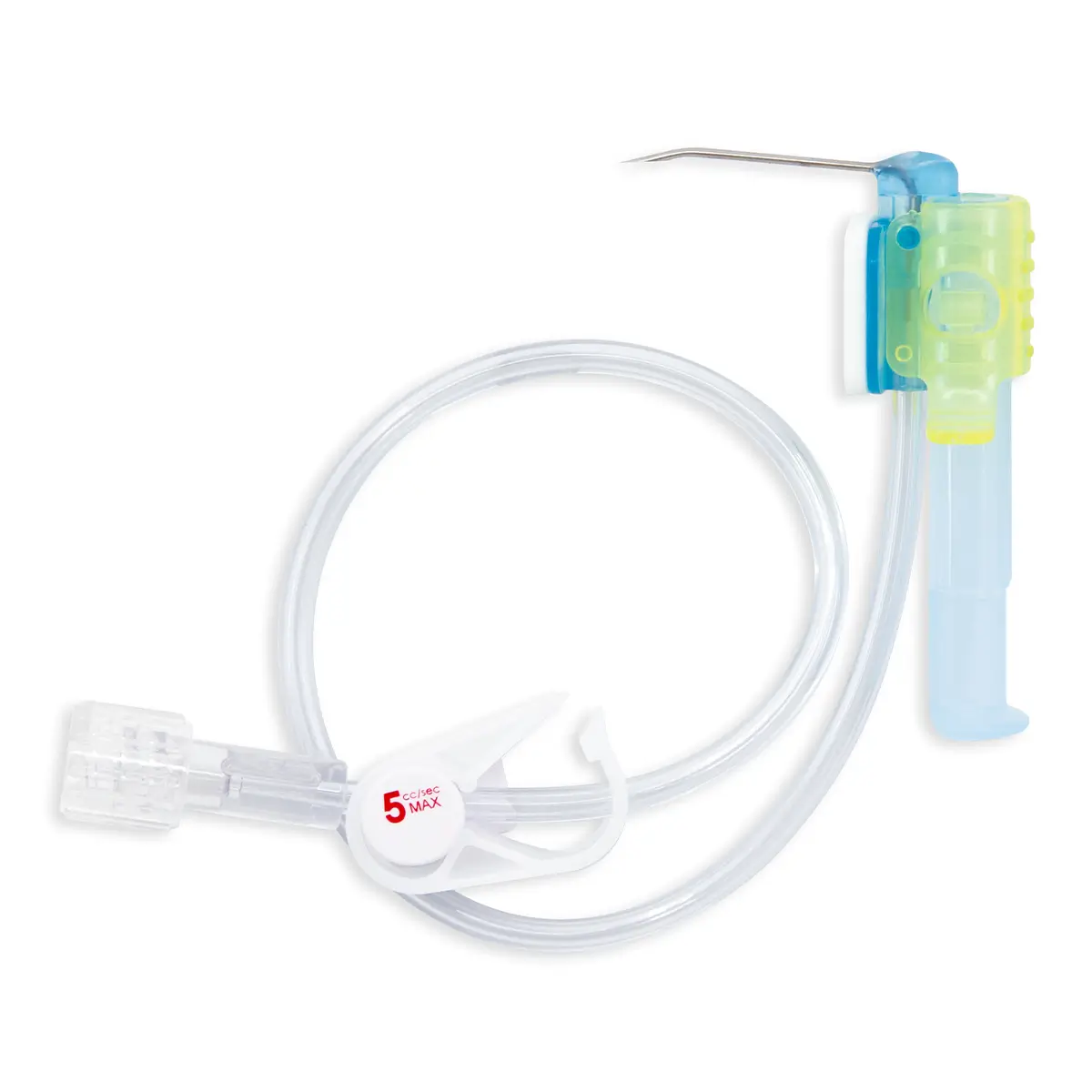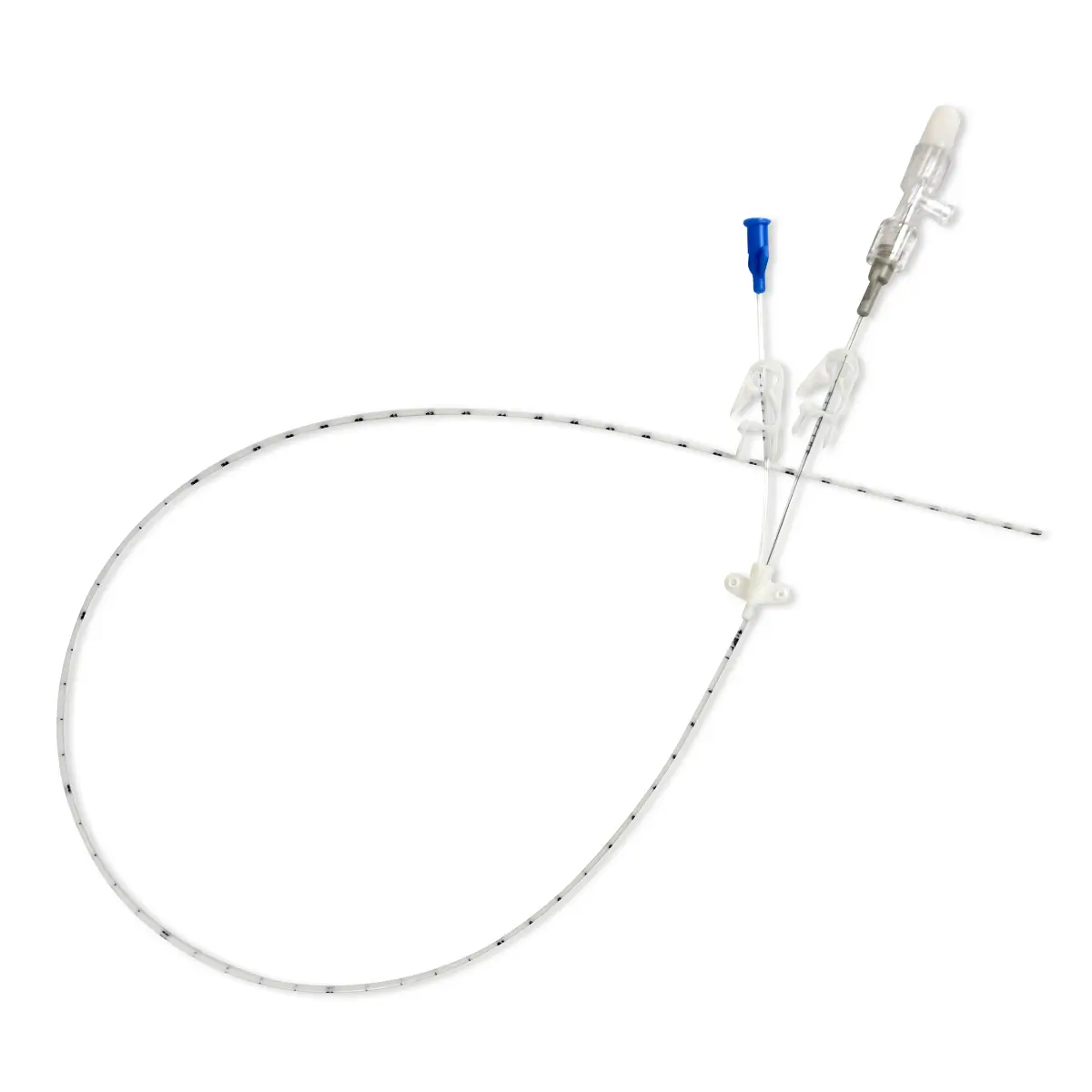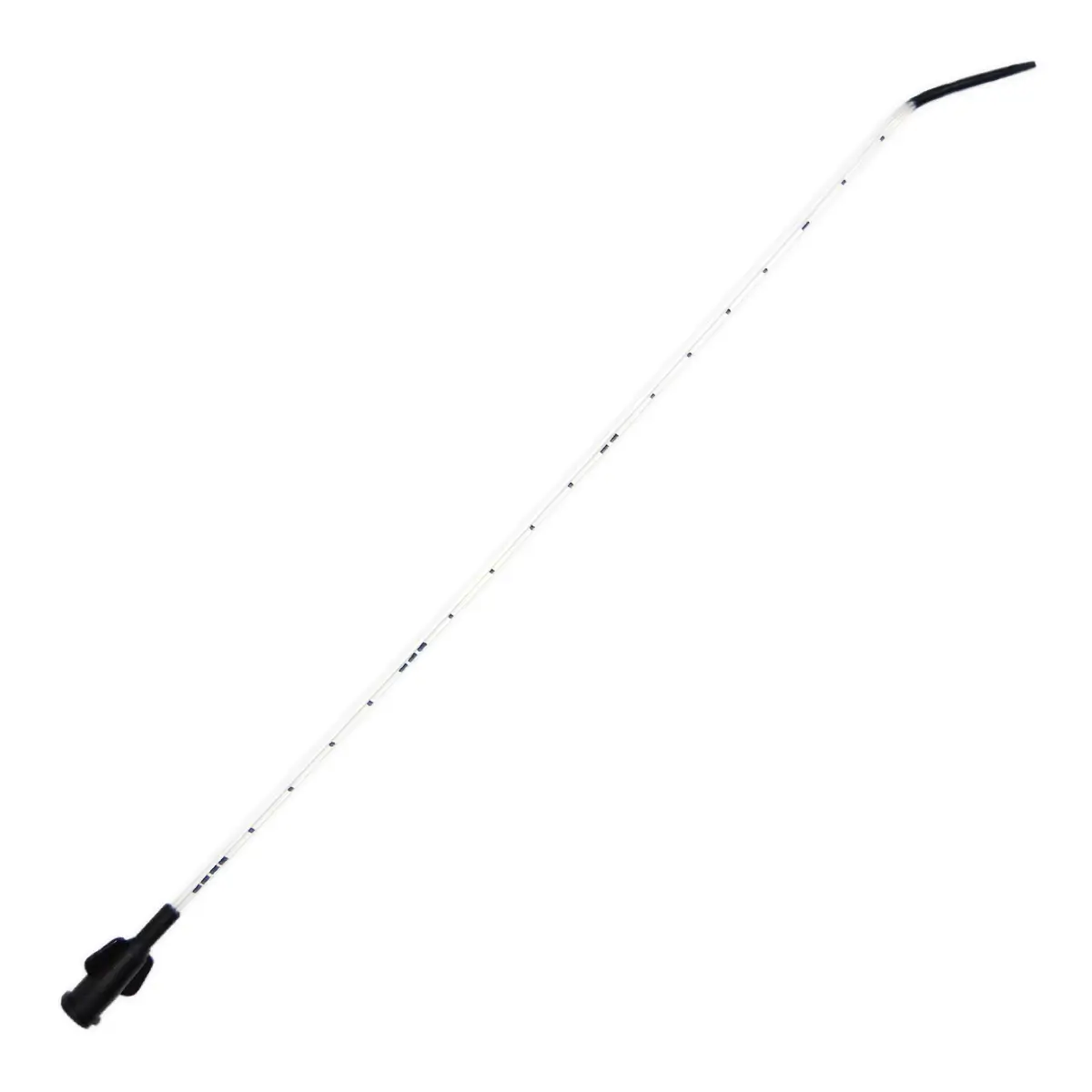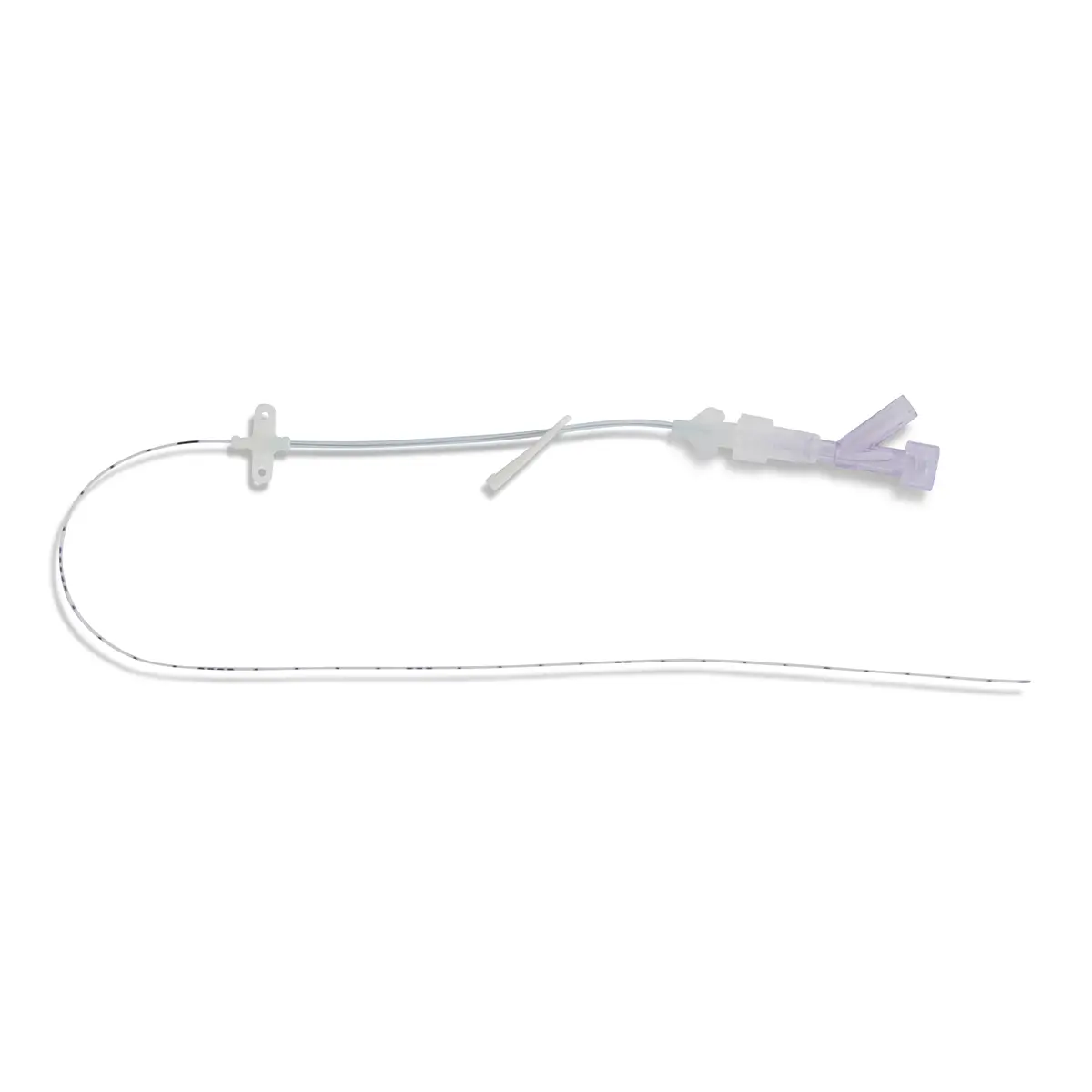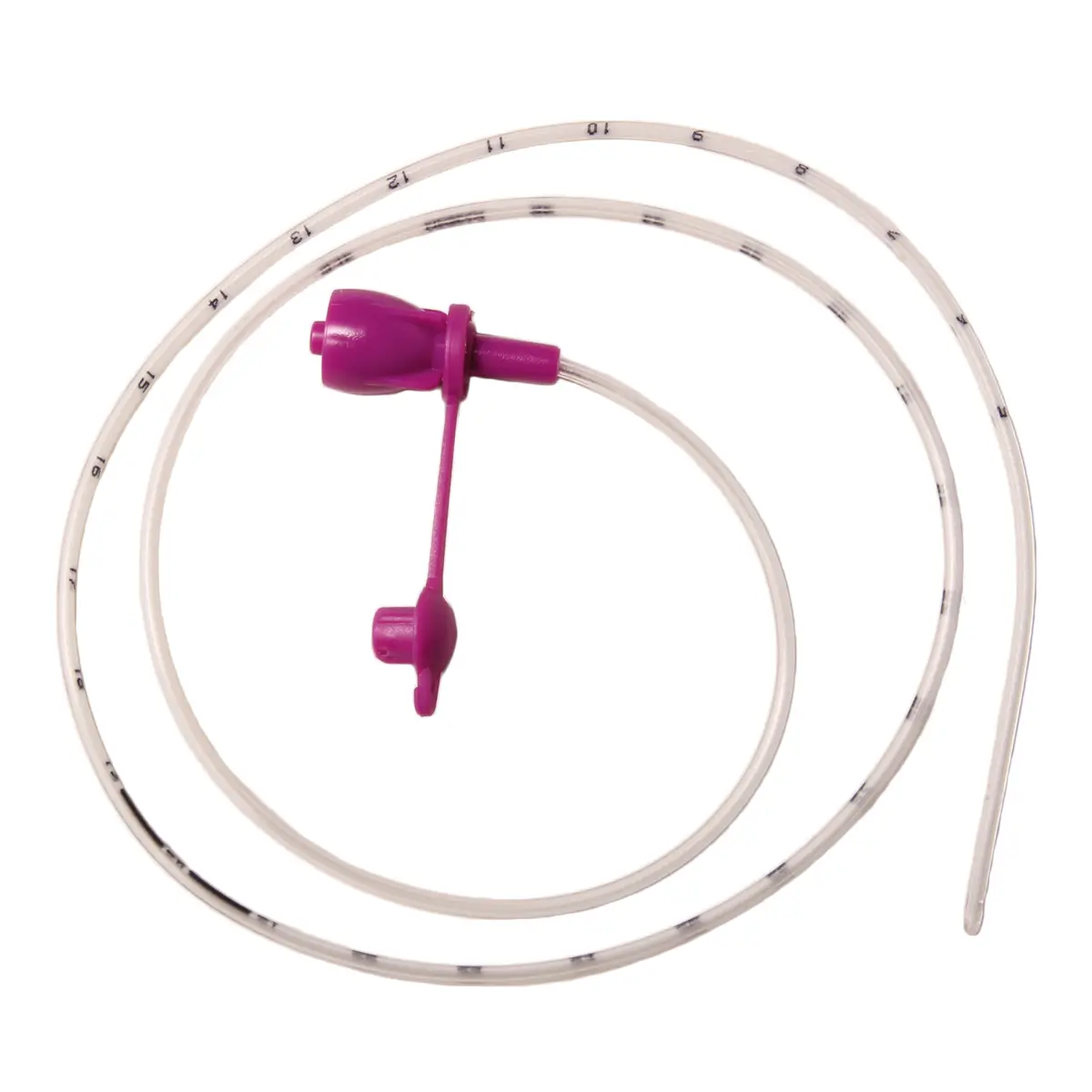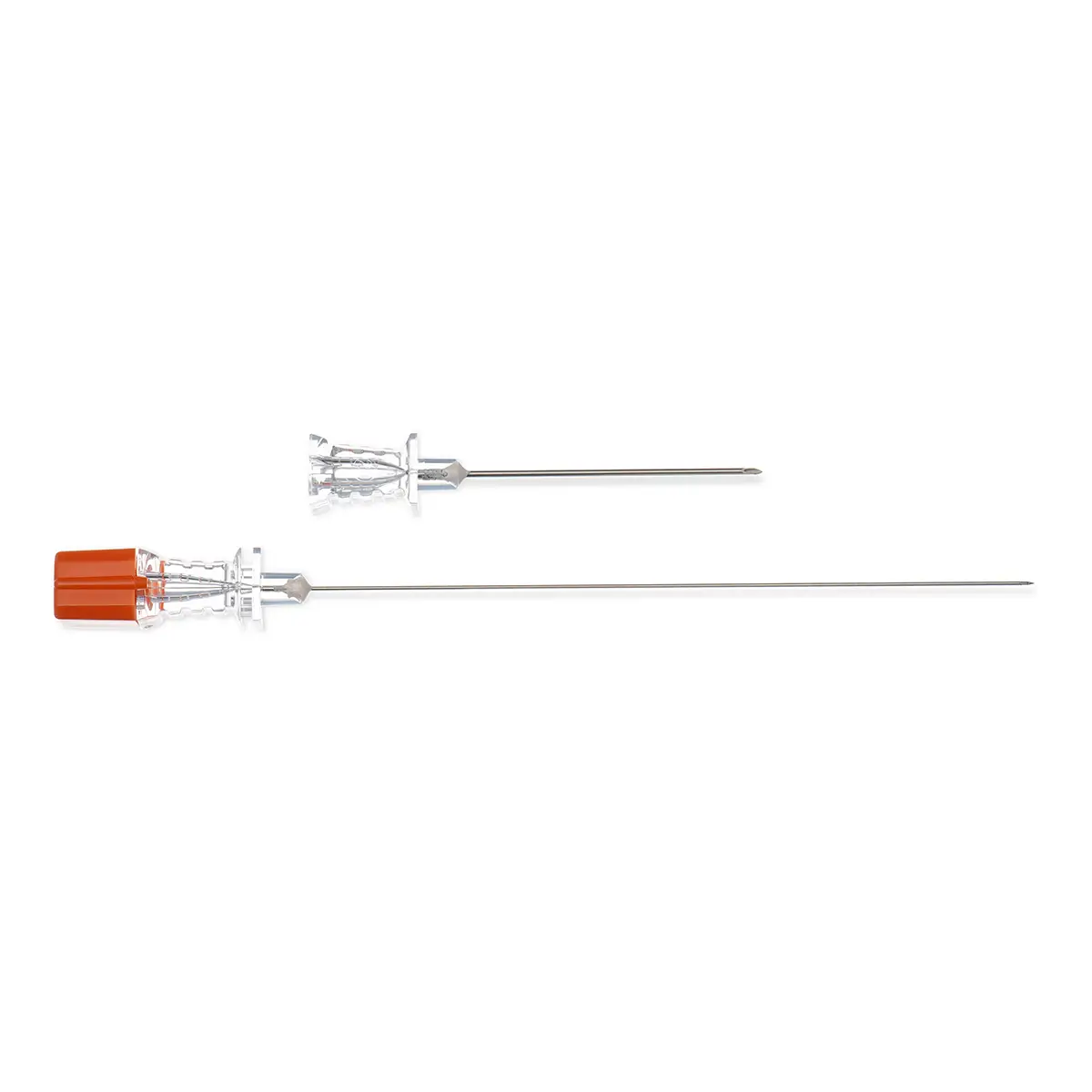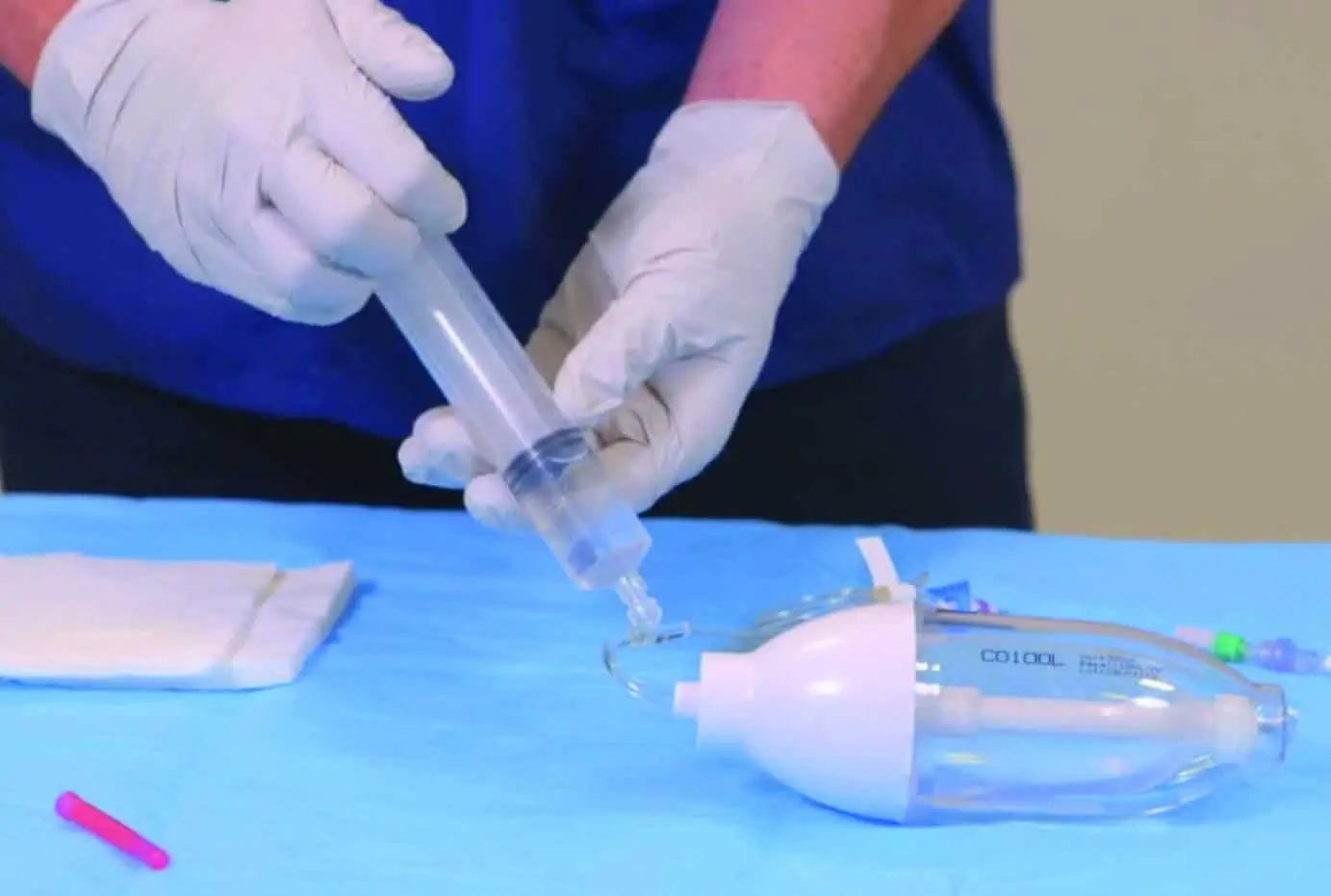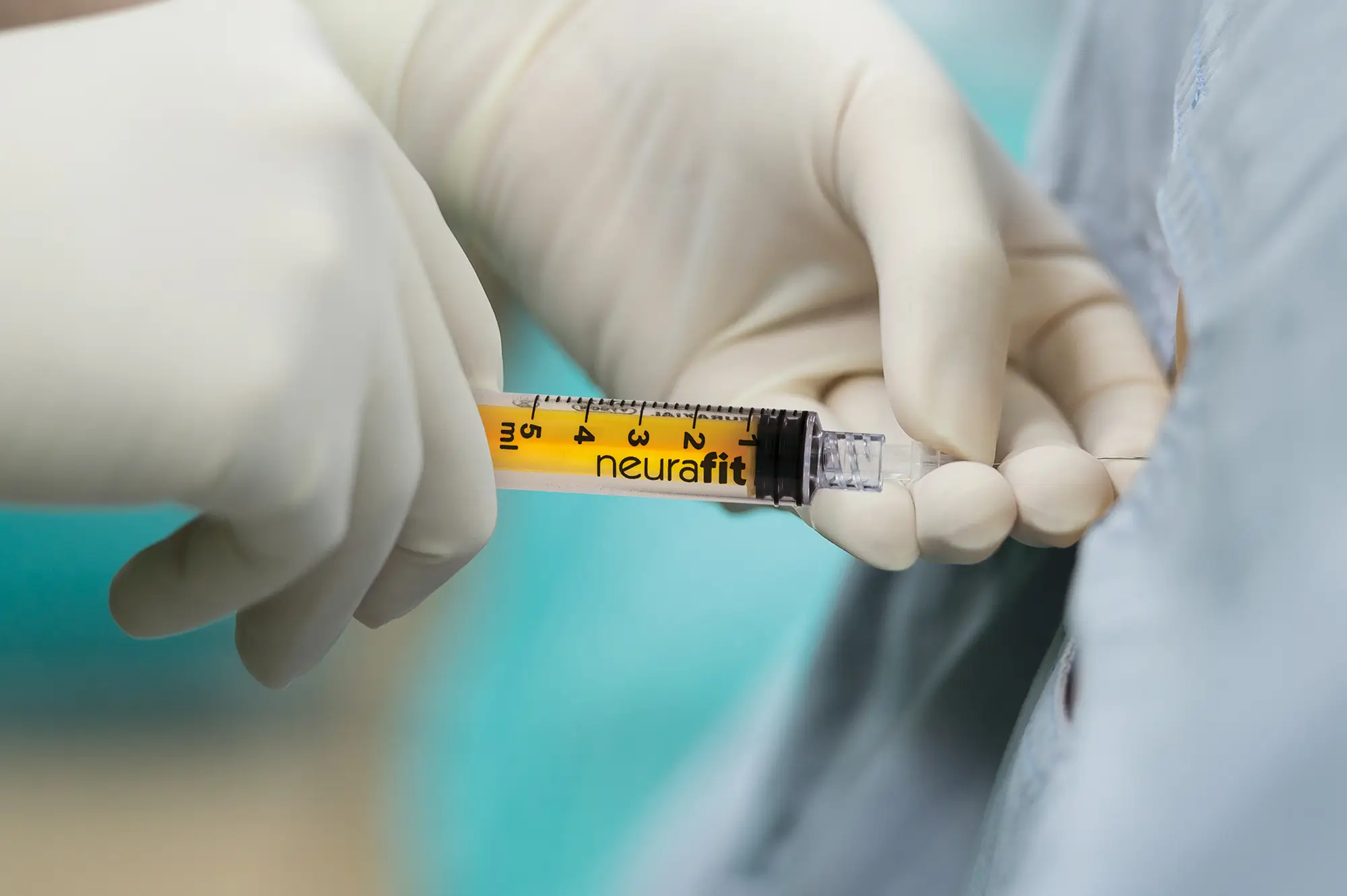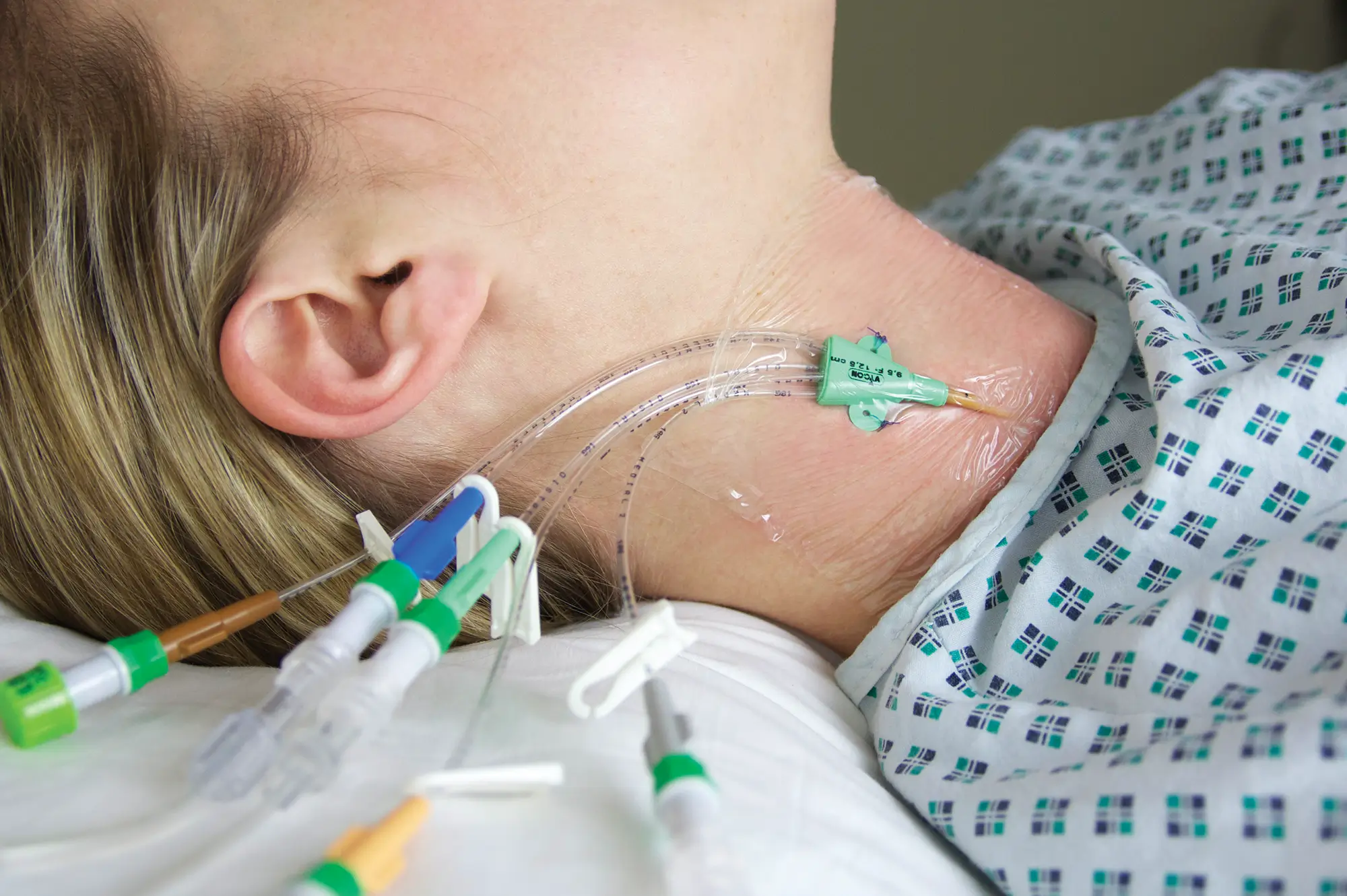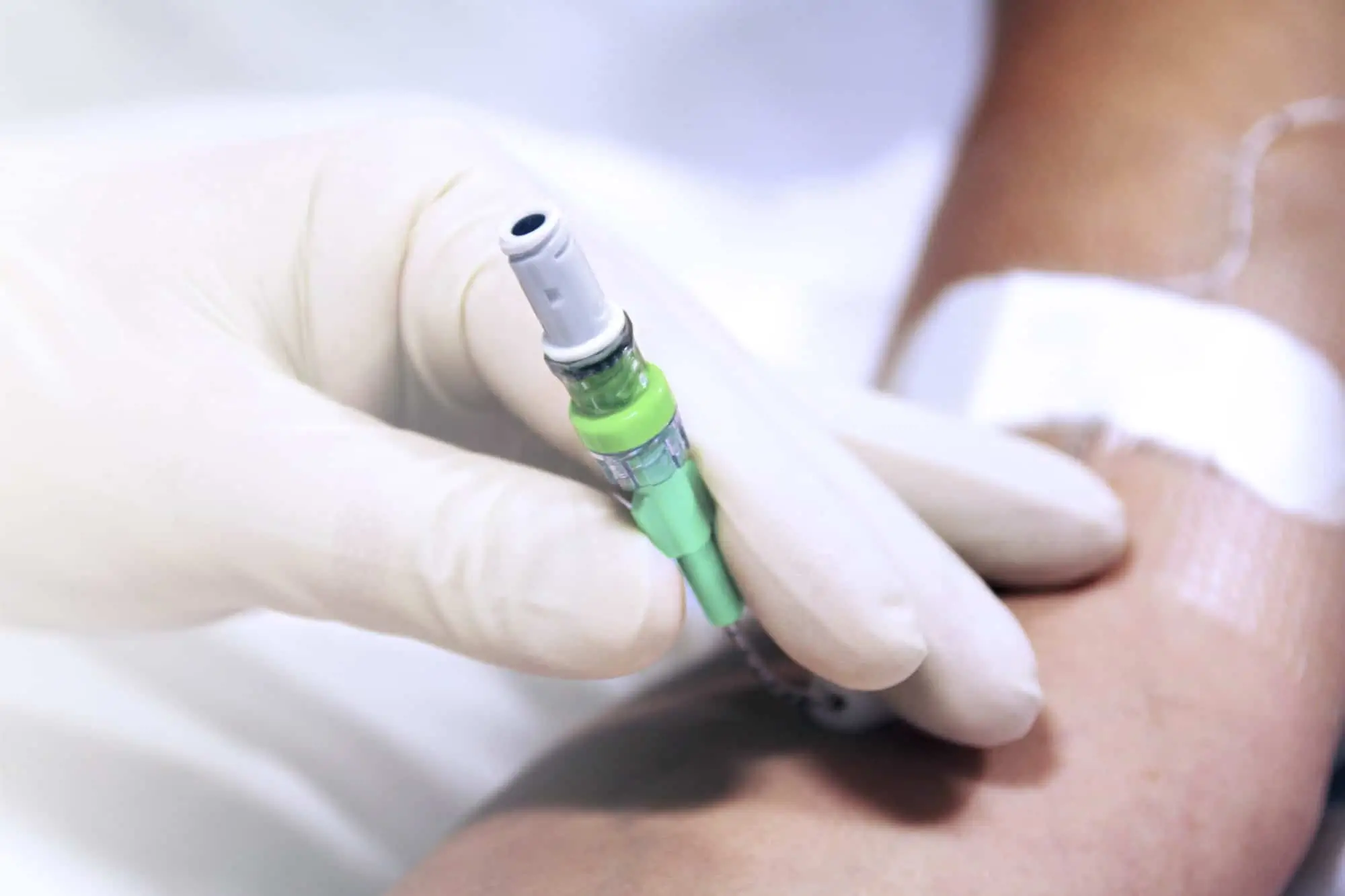Mostcare UP offers more patients access to the benefits of cardiac output monitoring
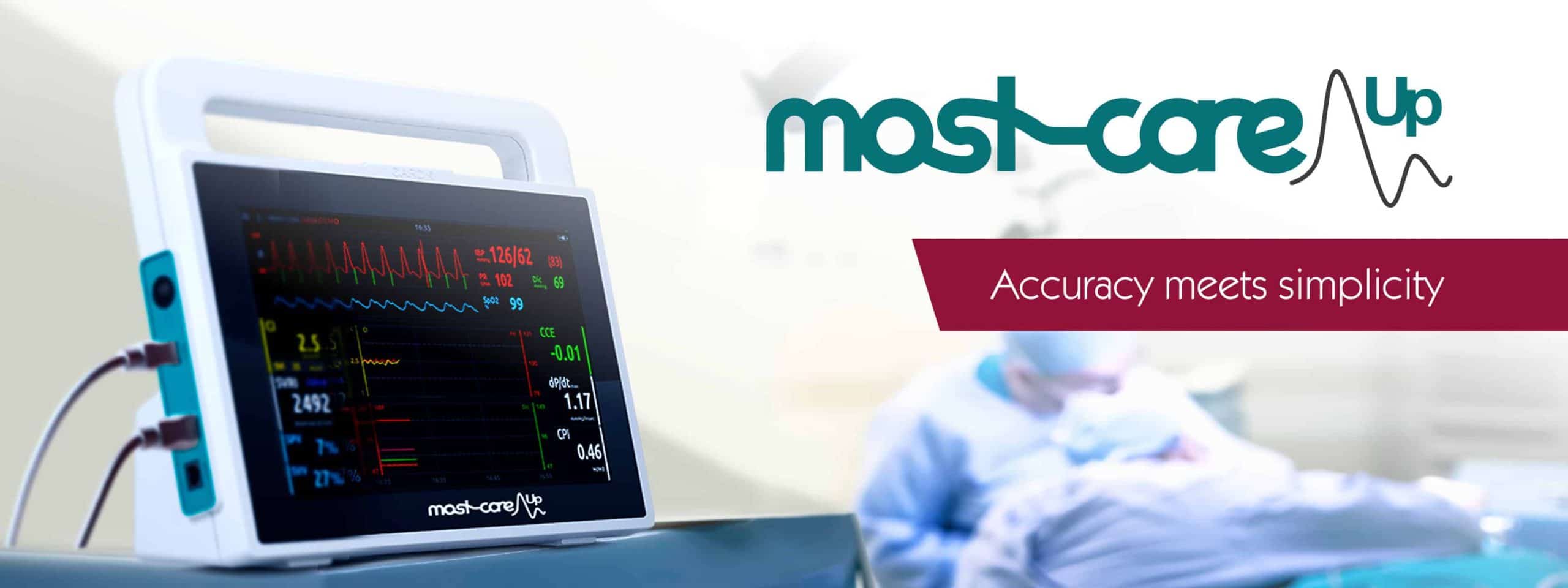
Vygon’s unique cardiac output monitor, Mostcare UP, is simple to set up, easy to use and its accurate data can give patients better access to more effective treatments and faster recovery times.
The haemodynamic variables provided by Mostcare enables clinicians to precisely assess a patient’s condition, optimise fluid levels and deliver the most appropriate treatment.
Mostcare monitors a patient’s haemodynamic variables via any existing arterial line and, in addition to standard clinical parameters, it provides exclusive variables focusing on cardiac output and efficiency, vascular function and oxygen delivery to assist in decision-making and goal directed therapy.
Mostcare’s versatility means it can be used for continuous monitoring or, uniquely, transferred easily from patient to patient for ‘snapshot’ visualisation.
“In the past, cardiac output monitoring has been limited to the most high-risk patients in operating theatres, critical care and high dependency units because the equipment required specialist knowledge to operate and interpret the data,” explains Gavin Dolman, Vygon’s Business Development Manager for Monitoring and Critical Access.
“Mostcare is much more accessible because it is easier to set up and use and simply needs access to an arterial line. Plus with no additional consumables it eliminates ongoing costs.”
Mostcare has been clinically validated* in both adult and paediatric patients including:
- In the perioperative setting, Mostcare has helped reduce complications and hospital stays through goal-directed therapy after major surgery, directed fluid management and for high-risk surgery and perioperative monitoring for cardiovascular patients.1,2,3
- In paediatric care, Mostcare has assisted in effective treatment after cardiac surgery and in critical care.4,5,6
- In the intensive care and critical care setting, Mostcare has been effective in helping to monitor cardiac output to effectively treat septic patients.7,8


